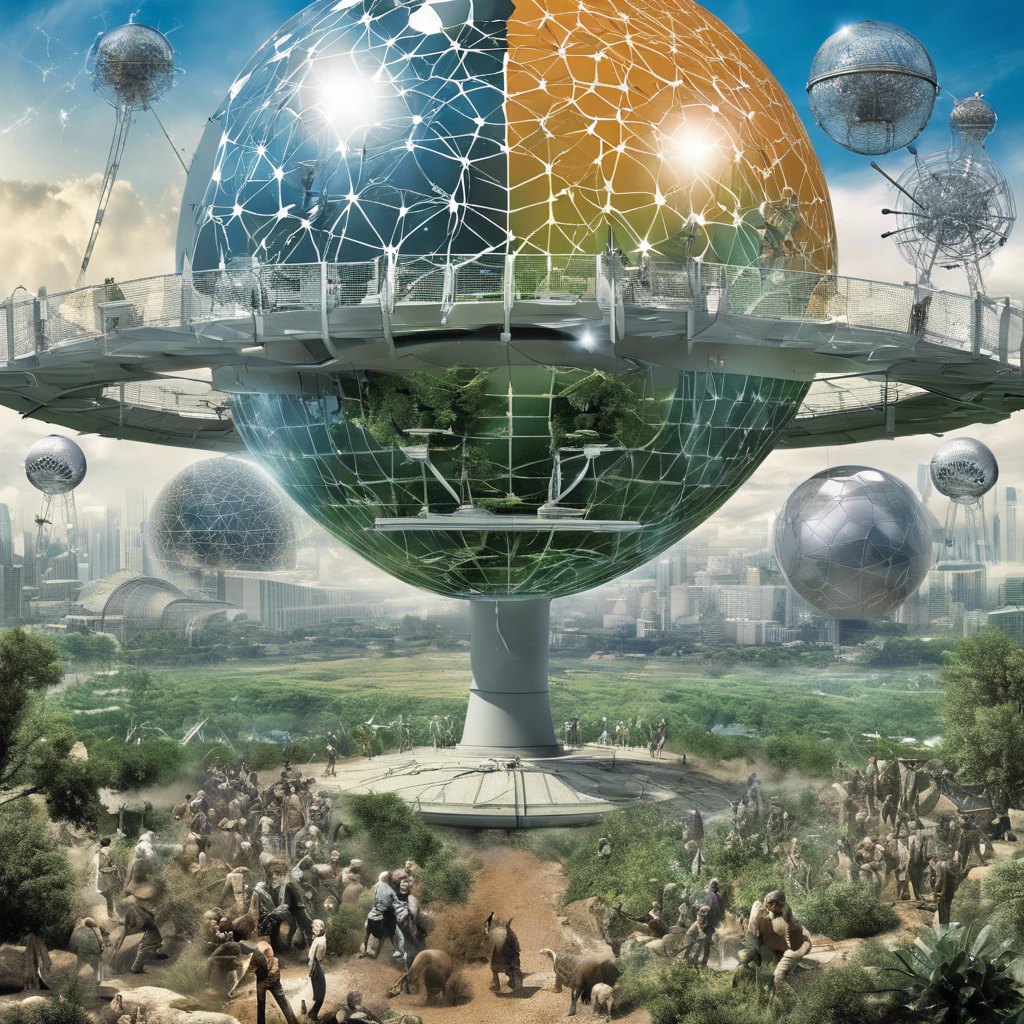The Biosphere vs. the Technosphere: A Battle of Information

Understanding the Role of Information in Life and Technology
Defining Life through the Lens of Information
When contemplating the essence of life, the focus often falls on biological processes such as reproduction and metabolism. However, there is another perspective that emphasizes the central role of information in defining life. Unlike other physical systems, living organisms possess the ability to store, copy, transfer, and process information towards specific goals. This unique characteristic sets life apart and drives its complexity. In this article, we explore the significance of information in life and its implications for the biosphere and the technosphere.
The Biosphere as a Planetary-Scale Process
The concept of the biosphere, coined by Russian biogeochemist Vladimir Vernadsky, recognizes that life is not a passive observer in Earth’s geophysical evolution. Instead, it is an active participant, shaping the planet’s trajectory alongside the atmosphere, hydrosphere, cryosphere, and lithosphere. The biosphere encompasses the sum total of Earth’s life and has become a fundamental concept in various scientific fields, including climate science and astrobiology.
Information on Planetary Scales
If we consider information as an essential component of life and view life as a planetary-scale process, a crucial question arises: How can we integrate these two perspectives to understand information on a global scale? While the complexity of information’s involvement with the biosphere may seem daunting, a recent study by Manasvi Lingam, Amedeo Balbi, and their colleagues offers intriguing insights into this question.
Measuring the Flow of Information in the Biosphere
To estimate the total amount of information moved by life on Earth, Manasvi Lingam, an astrophysicist at the Florida Institute of Technology, focused on the aspect of transmission. He began by calculating the number of prokaryotic cells in the biosphere, arriving at a staggering figure of approximately 100,000 trillion trillion cells. Recognizing that cells communicate through chemical emissions, Lingam estimated that each cell can interact with six neighboring cells. Based on experimental data, the information transfer rate between cells was determined to be 10-4 bits per second. By combining these factors, Lingam arrived at a global information transmission rate of 1024 bits per second for the modern biosphere.
Comparing the Biosphere to the Technosphere
To put this figure into perspective, Lingam conducted similar calculations for the technosphere, which represents the collective technology deployed by humans worldwide. With the advent of the digital age, it is possible to measure the information flow within the technosphere. By estimating internet traffic, Lingam determined a global transmission rate of 1014 bits per second. This is over a billion times less than the information transmitted within the biosphere. However, the rapid expansion of digital technology suggests that the technosphere will surpass the biosphere in terms of information transfer by the beginning of the 22nd century, specifically in 2113.
Conclusion: The Evolutionary Implications of Information
The contrast between the biosphere and the technosphere in terms of information transmission raises intriguing questions about the future of our species and the planet. As the technosphere continues to grow, crossing the threshold where it surpasses the biosphere in information transfer by 2113, it signals a significant shift in the evolution of both human society and the planet as a whole. The implications of this milestone remain uncertain, but the ability to pose such questions is a testament to the power of a global perspective on information and life. As we navigate the complexities of our ever-evolving world, understanding the interplay between information, life, and technology becomes increasingly vital.

